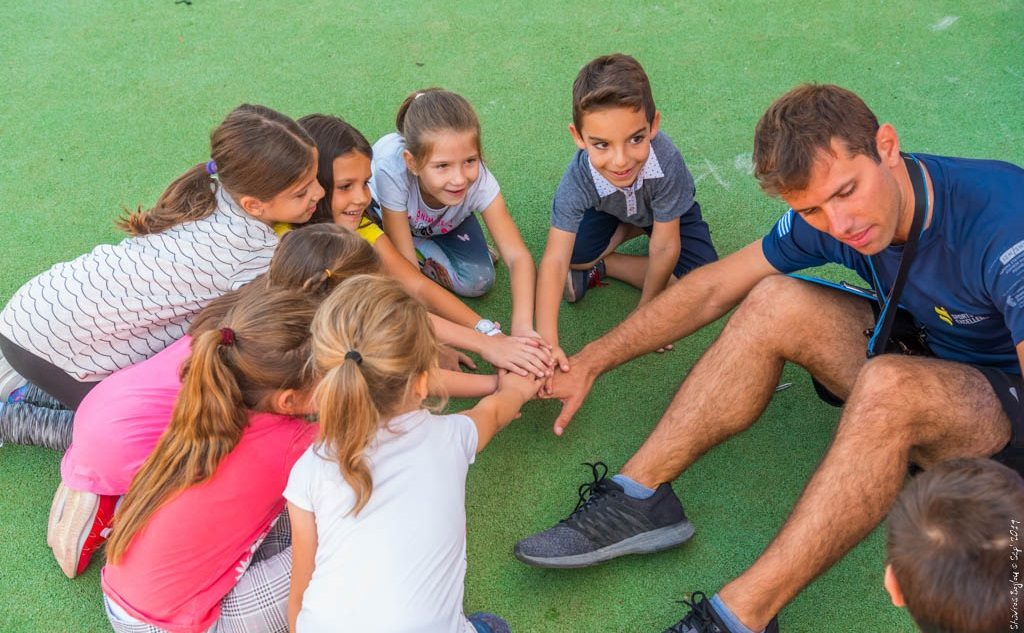SPORTS SAFETY
“SPORTS SAFETY” PROGRAM
The implementing rules for Sports Safety of the Sports Excellence Center of the 1st Orthopedic Department of the Medical School of the Hellenic And Kapodistrian Athens University (EKPA), were created in order to highlight the benefits and potential risks of the participation in any sport of children up to 16 years of age.
Physical activity and fitness level is vital for young people and are essential in everyday practice. The guidelines of the World Health Organization (WHO) recommend at least 60 minutes of exercise per day in order to avoid inactivity, which contributes to the occurrence of heart disease, diabetes, various forms of cancer, high blood pressure and many other diseases.
According to the US Centers for Disease Control and Prevention (CDC), over 2.6 million children aged 0-19 years are treated in the emergency department each year for sports and recreation-related injuries. Many of these injuries are preventable with proper use of safety gear and changes in the exercise environment. Following the sports rules can also prevent injuries which in many cases can prove to be quite serious for the health of young athletes.
Some of these injuries include brain injuries, cardiac arrest, stroke, athlete’s burnout, fractures, and others that can lead to serious and life-threatening problems.
The majority of injuries are based on 3 main categories: cardiac events and neurological injuries, environmental conditions and training load, and the causes that occur are attributed to:
- Lack of training and awareness of those in charge regarding safety precautions and potential injury
- Inappropriate and/or inadequate equipment
- Poor player status
Recent research data has shown that 7 out of 10 child and youth coaches are not trained in the six core competencies estimated to be required to be a competent coach and able to prevent such incidents. These competencies are general safety and injury prevention, effective movement techniques, cardiopulmonary resuscitation (CPR) and basic first aid, concussion management, and special skills and tactics.
The General safety precautions precautions to prevent sports injuries include, but are not limited to, the use of proper equipment, a neat and controlled exercise environment, enforcement of facility-specific safety rules, proper hydration and nutrition before and during exercise, proper training schedule with extra breaks when necessary.
The Sports Safety Program aims to offer those involved the appropriate tools in order to eliminate and minimize risks and their adverse consequences for young people up to 16 years of age. These tools offer the appropriate directions for a safe environment, safe inclusion of the practitioners physically and mentally in sports programs both in the prevention stage and in the treatment stage.






